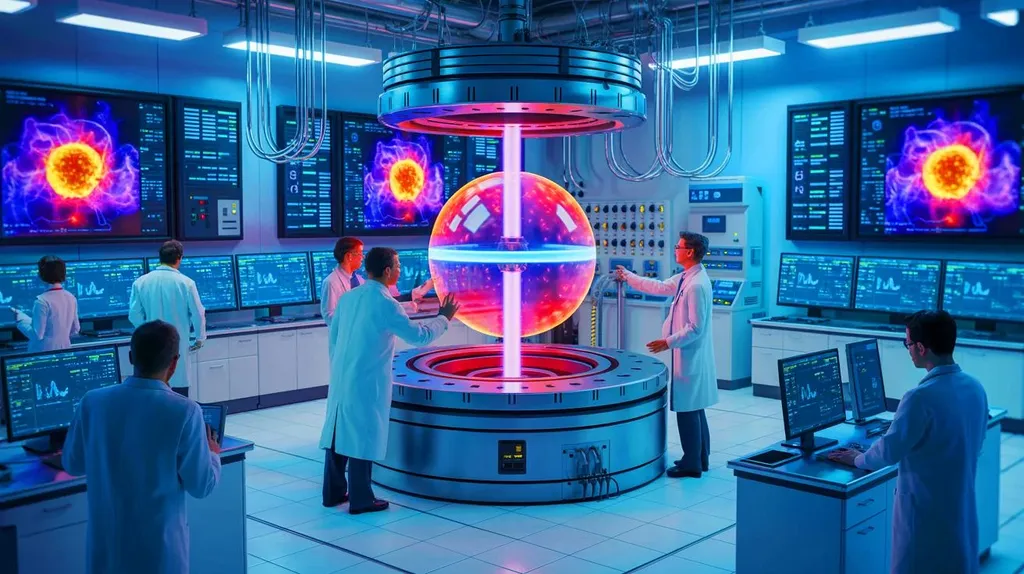In the quest for sustainable and efficient energy, nuclear fusion remains a tantalizing prospect. Recent research published in the journal “Nuclear Fusion” has shed new light on a critical aspect of this technology, offering insights that could significantly impact the energy sector. The study, led by N. Osborne from the UK Atomic Energy Authority (UKAEA) at Culham Campus and the University of Liverpool, delves into the role of plasma-molecular kinetics in divertor power exhaust, a process crucial for the longevity and efficiency of fusion reactors.
During the detachment process in fusion reactors, a buffer of neutral atoms and molecules forms between the target and the ionizing plasma. This buffer plays a pivotal role in the detachment process, with collisions between the plasma and molecules being particularly important. Osborne’s research indicates that the gas temperature increases during deepening detachment for a wide range of conditions on the MAST-U and TCV tokamaks. This temperature increase is linked to an extended lifetime of molecular deuterium (D₂) during detachment, leading to more plasma-molecule collisions that raise the molecular temperature. These collisions, in turn, result in significant power and momentum losses from the divertor plasma.
“The findings highlight the importance of plasma-molecular collisions, leading to power and momentum losses during detachment,” Osborne explained. “This understanding could be crucial for designing more efficient and durable fusion reactors.”
The study estimates that these losses account for about 10% of the power entering the Scrape-Off Layer (SOL) and a majority of the upstream pressure in long-legged, strongly baffled, detached divertors, such as the MAST-U Super-X divertor. These experimental findings are consistent with simulations using the SOLPS-ITER code, which also suggest that a substantial portion of the power crossing the ionization front is lost downstream.
Moreover, the research compares the vibrational distribution obtained from the experiments with a collisional-radiative model, revealing both qualitative agreements and discrepancies. These findings could point to gaps in the current models, potentially guiding future improvements.
The implications of this research are profound for the energy sector. Understanding and optimizing the detachment process could lead to more efficient and sustainable fusion reactors, bringing us closer to harnessing the power of nuclear fusion for clean energy. As Osborne noted, “This work is a step towards unraveling the complex physics of plasma-molecular interactions, which is essential for the development of practical fusion energy.”
The study, published in the journal “Merging of Nuclear Research,” underscores the importance of continued research and innovation in the field of nuclear fusion. As the world seeks sustainable energy solutions, such advancements bring hope for a future powered by clean, abundant fusion energy.

